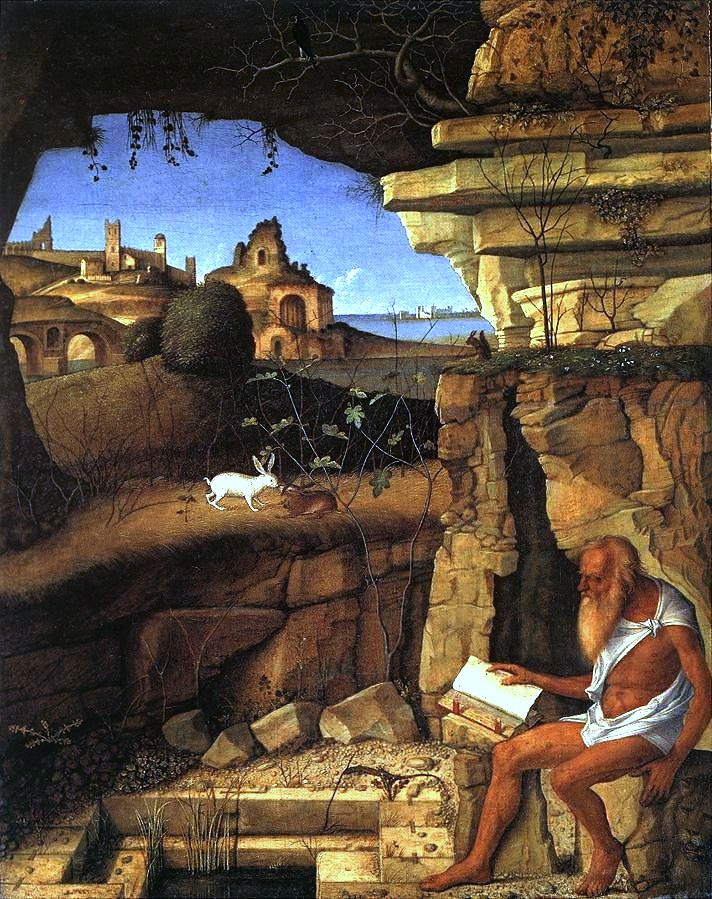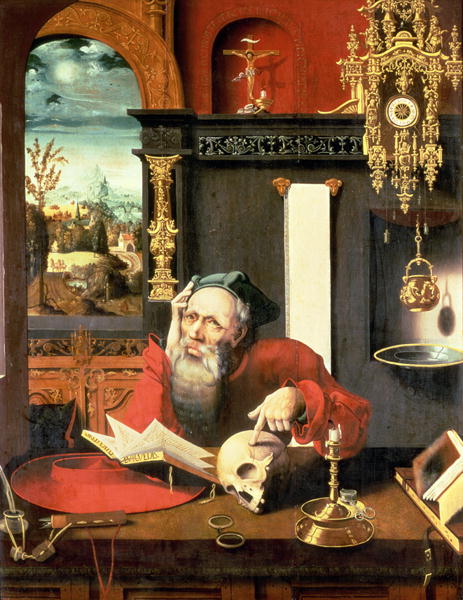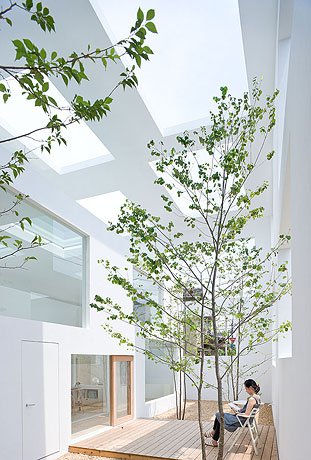RELATIONAL LOGICS – FOUJIMOTO & SMITHSON

The House N by Sou Fujimoto is a clear example of the architects ideas
about the relationship between private and public spaces. He uses nature,
materiality and color in order to merge the physical relationship between
the street and the house. Creating 3 boxes with rectagular openings he
creates 3 layers: the outside, the traditional garden is transformed into a
mixed area that is covered and open at the same time. Thus, smudging
the barrier between outside and inside. The second layer consists of the
semiprivate spaces of the house. Here, the openings are transparent but
not open. The glass encloses the house but yet leaves an ambiguity of
whats outside and whats inside. The 3 layer, is reinforced by creating a
much smaller box within the house, which contains the kitchen and the
dormitories. These 3 layers embody the concept of bringing the inside towards
the outisde and viceversa. This concept clearly relates to the ideas
covered in class.

From the relational logics concept covered in class. This case study embodies
3 of the 5 topics: Disturbed relations, Intangible relations and Metaphorical
relations. Firstly, the architect alters the idea of the garden by
bringing what is natural: the trees, the grass, the air, the sun, etc. towards
the inside of the house, where he creates a merging boundary that encloses
and at the same time frames nature. Moreover, Fujimoto also explores
the ideas of intagible relations, since the house, and especialy the garden,
create a relation between outside and inside that implies a play of curiosity
for the ones looking inside from the outside and the inhabitants that
also explore the outside, the nature, the environment while being inside, as
if creating a suggested coorelation between private and public. Finaly, the
idea of Metaphorical relations are also present in the house, since the layering
of the boxes and the openings also suggest a analogy of the sense
of shelter and protection while being outside in a garden or in a forest, but
that is expressed through the architectural language.
These ideas of nature are also explored, yet with a different connotation,
in the text: Saint Jerome: The Desert… The Study by Alison Smithson. Here,
the ideas of nature and enclosement, as well as the concepts of what is
natural and how the concept of knowledge and nature changed over the
renaissance are explored through the analysis of a series of paintings.
Here, the painters protrait Saint Jerome in his study, yet every one of them
in a diffrent period, create a different setting of nature and the relationship
with man. Here, the concepts of knowledge and learning change
from exploring nature and nourishing from it (i.e. Saint Jerom Beside a
Pollard Willow by Rembrandt), to being in a natural space yet enclosed
to oneself (i.e. Saint Jerome in His Study by Durer), to finally being and
nature and at the same time creating a boundary that embodies the concept
of building its own knowledge within nature (i.e. Saint Jerome in the
Wilderness by Mantegna). These relations with nature clearly relate to the
concepts covered in class, since the ideas of nature and its relationship to
architecture seem to advocate the human necessity to frame and portrait
nature as natural part of the architectural language. Whether it s by
creating an analogy or by altering the reality of nature or if it is by creating
a correlation that suggests nature and knowledge, the painters always
use nature to embody the place where knowledge, and for that matter,
living happens.

“Relational Logics – Foujimoto & Smithson – JSMR” is a project of IaaC, Institute for Advanced Architecture of Catalonia developed at Master in Advanced Architecture in 2016 by:
Students: Jean Sebastian Munera Reyes
Faculty: Maite Bravo, Ricardo Devesa, Manuel Gausa
